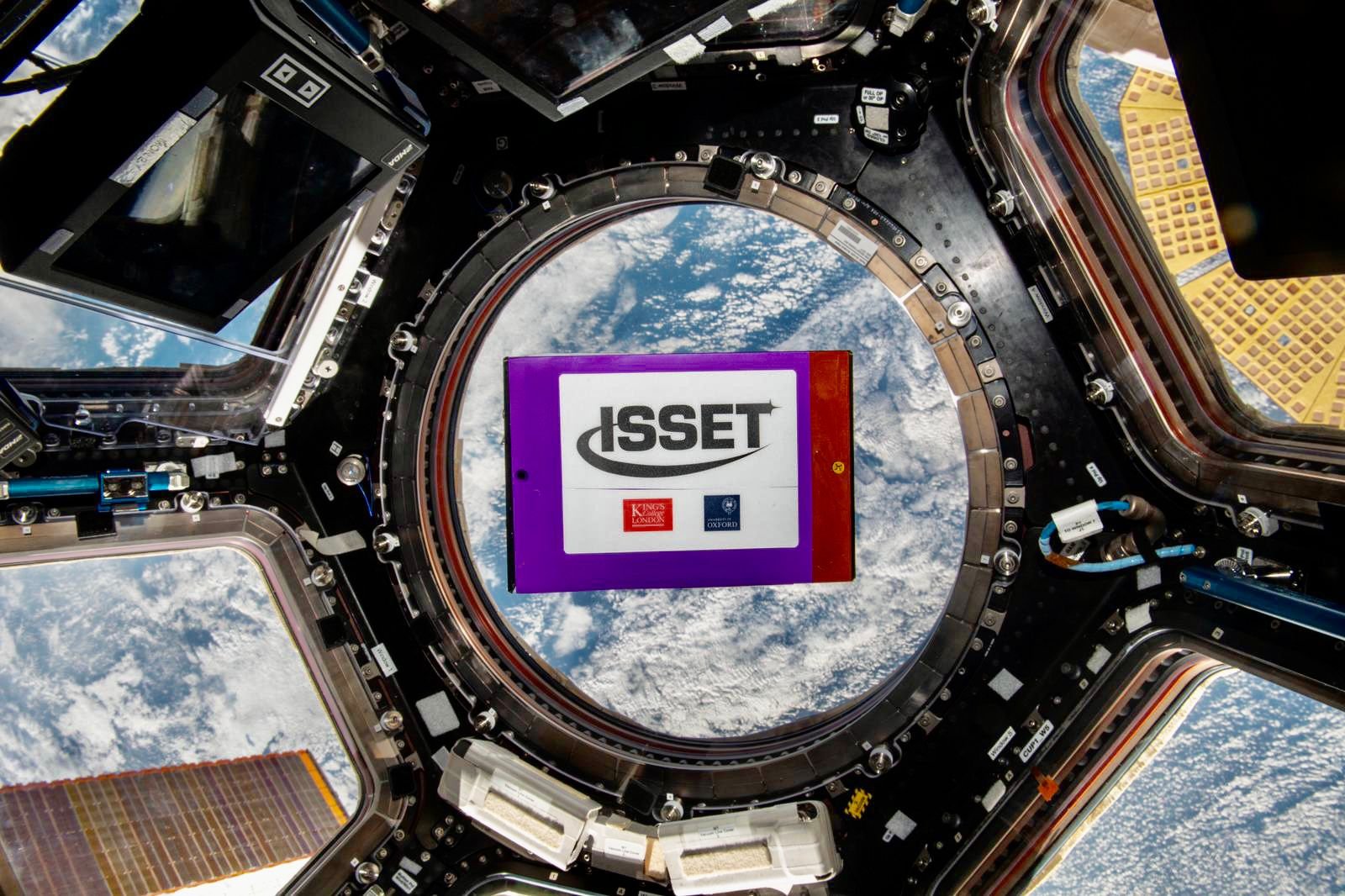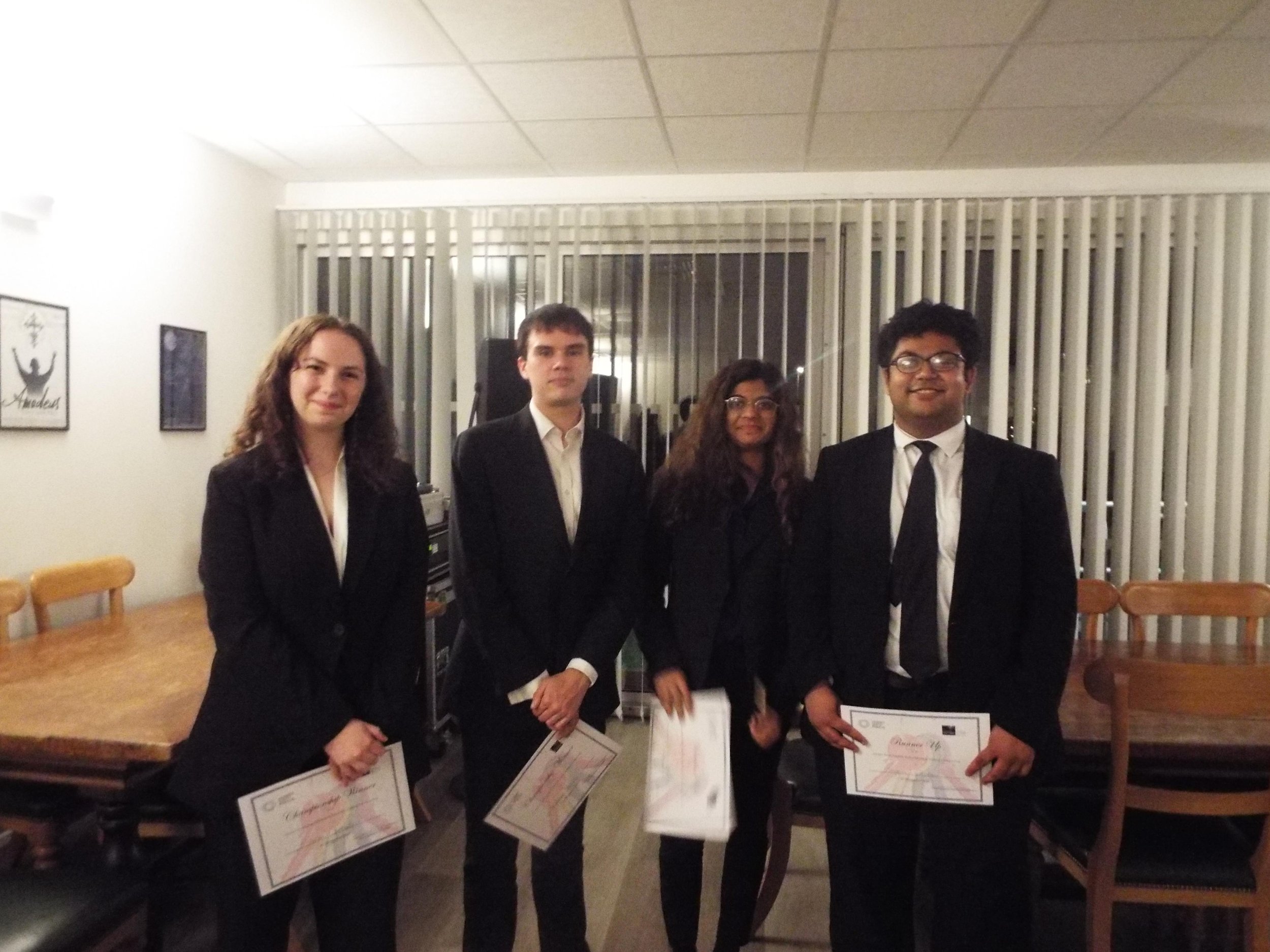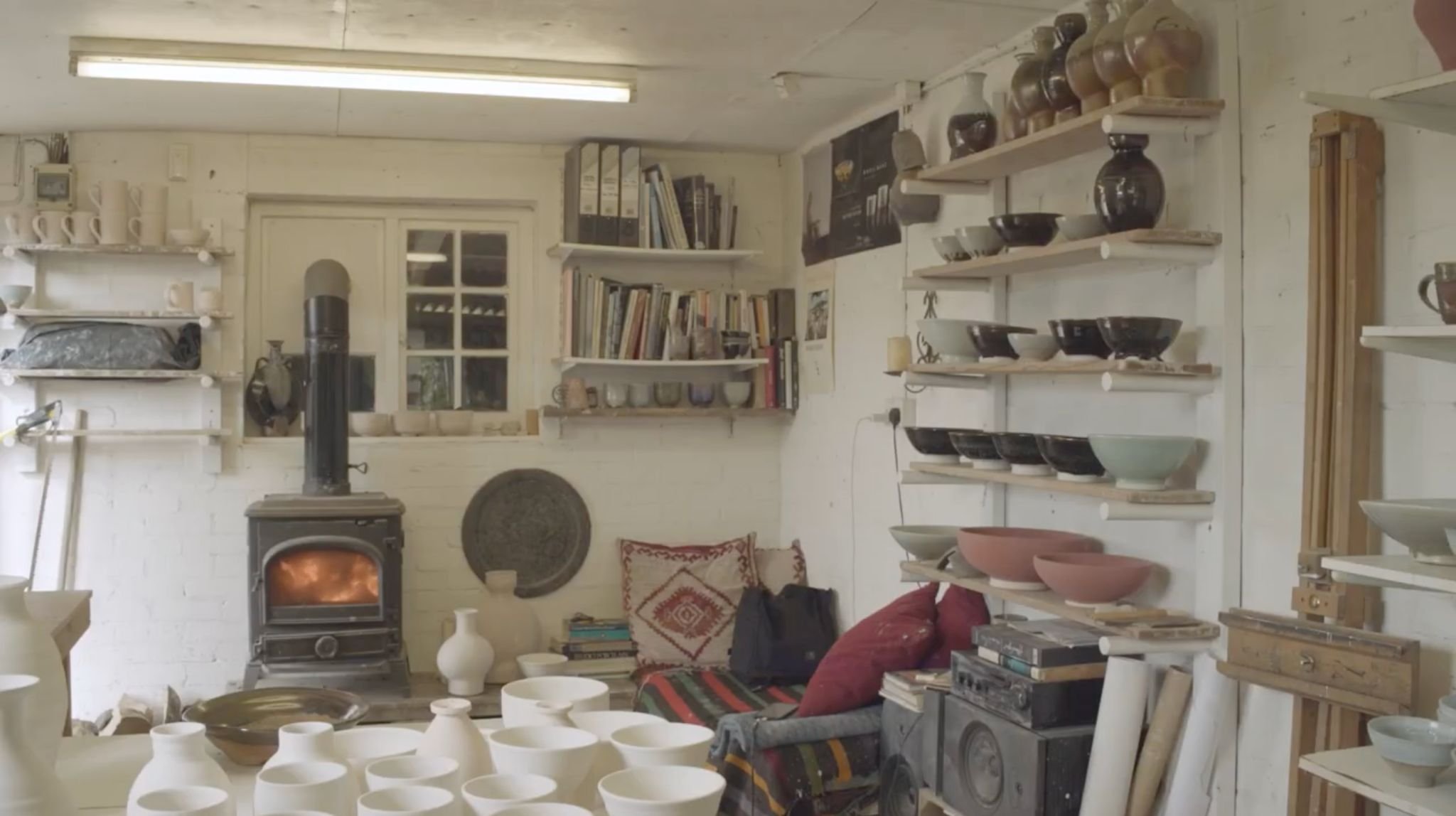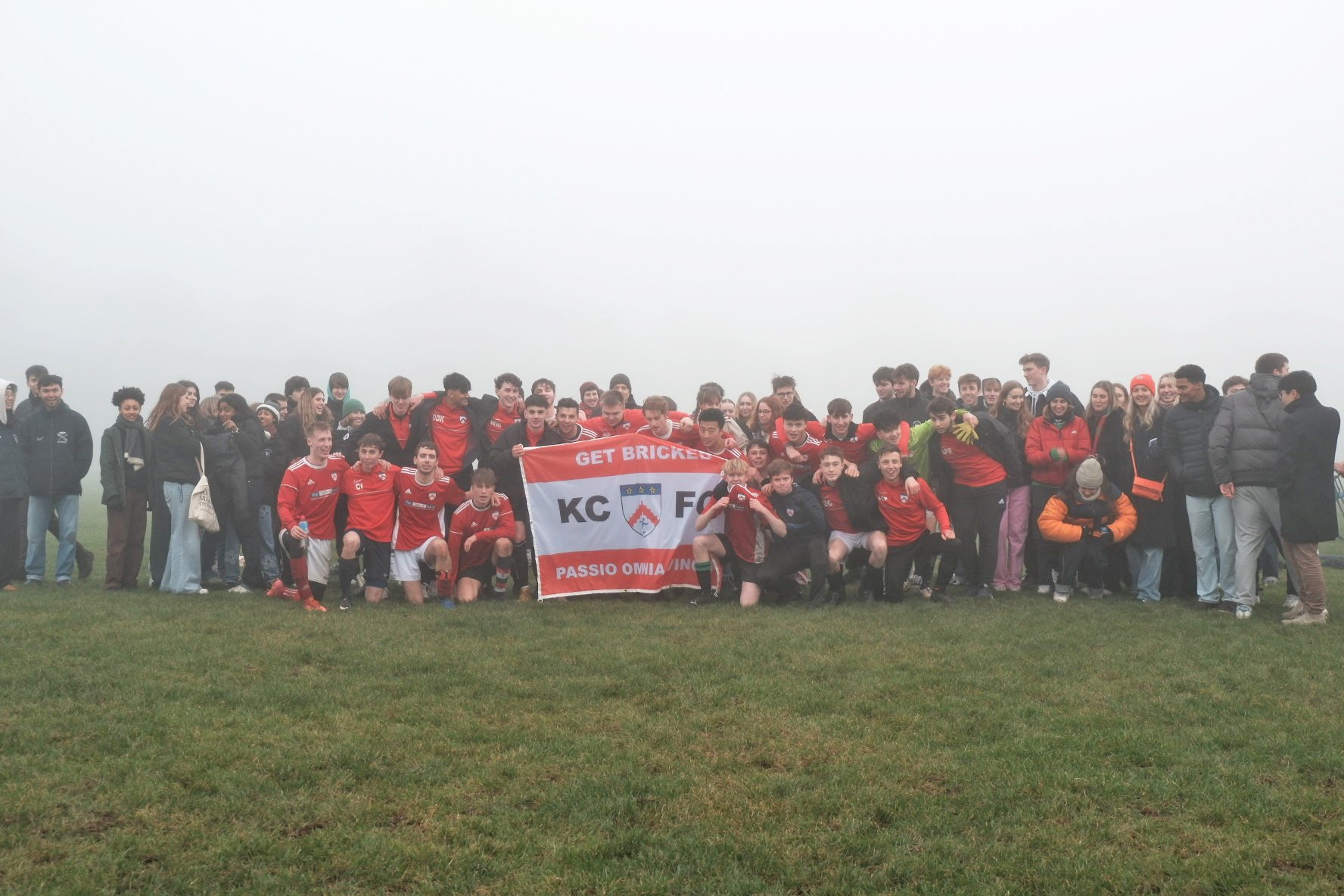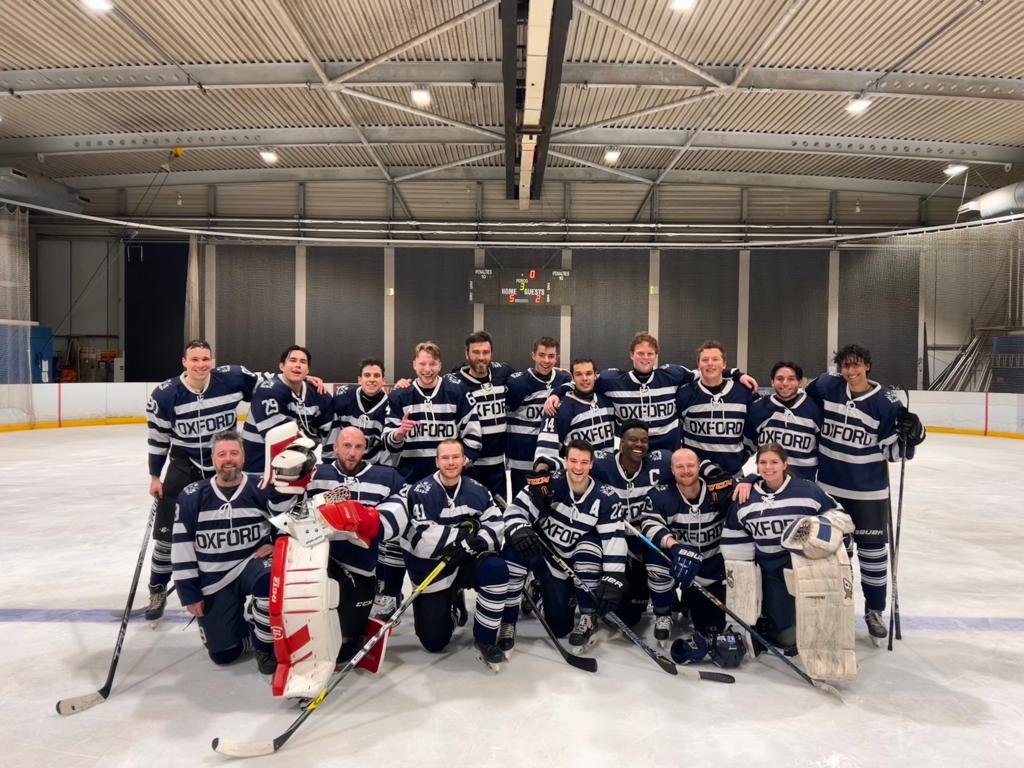Keble in Space
The experiment was launched into space aboard the Cygnus NG-18 NASA/Northrop Grumman mission, and activated by the astronauts on the International Space Station. ©ISSET/NASA
Keblite Aleksander Zagajewski (2018 DPhil) was part of a group of Oxford graduate students who teamed up with the International Space School Educational Trust (ISSET) to help turn the designs of secondary school children into bona fide experiments sent to the International Space Station.
Aleksander is part of the Oxford-Nottingham Centre for Doctoral Training in Biomedical Imaging, focusing specifically on Condensed Matter Physics. He is also the recipient of a Keble Association Grant and is affiliated with the Kavli Institute for Nanoscience Discovery. As part of his research, Aleksander works on designing novel tests for antibiotic-resistant infections, using microscopy and deep learning.
The International Space School Educational Trust “aims to inspire and motivate young people, using space exploration and the people behind it to encourage students from all backgrounds to realise their potential and grow their confidence”. ISSET organises a Mission Discovery summer school, allowing 14–18-year-old high school students the opportunity to design potential experiments that could benefit humanity in space. The winning entries from the summer school are then realised by teams of scientists and engineers from various UK universities, such as the University of Oxford, and are sent to the International Space Station.
Aleksander worked with ISSET as part of the team of technical contributors to design and build one of the winning experiments
Starting in October 2021, Aleksander worked with ISSET as part of the team of technical contributors to design and build one of the winning experiments in University laboratories.
The objective of the experiment was to test how ferrofluid behaves in zero-gravity. Aleksander explains: “we designed a 5cm side cube (constrained by the amount of space available to us on the launch vehicle), which housed a vial of ferrofluid, together with control electronics and electromagnets that could actuate and measure the ferrofluid in space. After about a year of development, I went with the entire team to Virginia, US, in early November 2022, to run final tests and hand over the experiment to the payload specialist team. The experiment was launched into space aboard the Cygnus NG-18 NASA/Northrop Grumman mission, and activated by the astronauts on the International Space Station. The experiment recorded data, which returned to Earth in early January 2023.”
Ferrofluid has been investigated for a range of applications, including in lubrication of components, computer elements, as well as biomedical applications. However, research on its behaviour in space is lacking. With the project now complete, the team are in the process of publishing the results.
Following the completion of his DPhil, Aleksander will take up the post of Research Scientist in the Research & Early Development division of Novo Nordisk A/S and will be working on developing novel treatments for diabetes and other cardiometabolic disorders at the Novo Nordisk Research Centre Oxford, in partnership with the University of Oxford.

